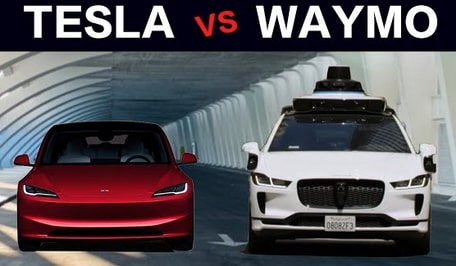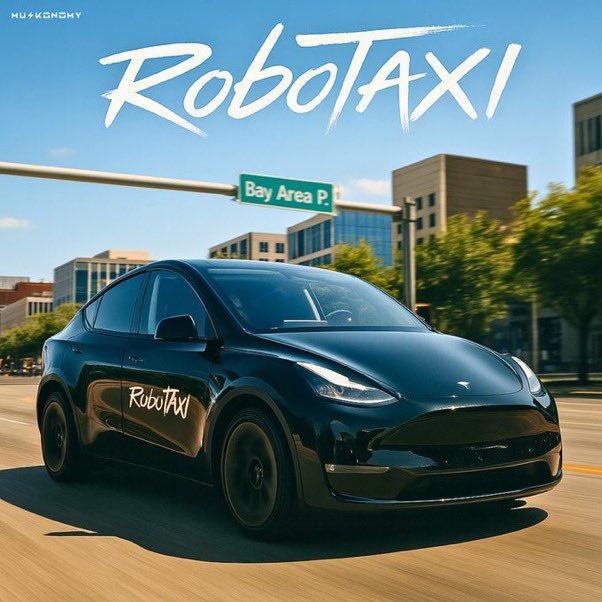Now Reading: Tesla to Launch 30-50 Robotaxis by July
-
01
Tesla to Launch 30-50 Robotaxis by July
Tesla to Launch 30-50 Robotaxis by July

Swift Summary
- Tesla’s Robotaxi service in Austin has expanded its service area and fleet size:
– Doubled the service area in austin, planning too expand further from 42 square miles to cover up to 450 square miles.
– Fleet size increased from approximately 11-15 vehicles to around 35 as of July 2025, with additional planned expansion.
- Supervised Robotaxi operations will also expand this weekend in San Francisco, increasing fleet size there by about 10-15 vehicles.
- Tesla aims for a fleet of over 300 vehicles in Austin for general public accessibility without invitations or approved applications.
- Safety records show Tesla performed better than competitor Waymo:
– Tesla: One safety incident across over 7,000 commercial miles and 37,000 testing/commercial combined miles; safety incidents reported at a rate between 1 per every 500-3500 vehicle days.
– Waymo: Six incidents (including collisions) reported during operating/testing phases, with their lowest recent safety record averaging one incident per 12,000 miles.
– Historical pre-service data indicates Waymo had significant challenges during initial testing phases.
Images provided include comparative visuals of the fleets’ routes and operational metrics.
Indian Opinion Analysis
Tesla’s ongoing growth of autonomous transportation services represents a significant leap forward for mobility technologies.The notable expansion within Austin demonstrates the company’s commitment to scaling operations efficiently while maintaining strong safety benchmarks compared to competitors like Waymo. A comparison underlines robust performance metrics that could fuel consumer confidence in adopting driverless taxis.
For India-where discussions around introducing autonomous vehicles persist-Tesla’s success might encourage policymakers and urban planners to evaluate how such technology can be integrated into the country’s unique road systems. Given high-density traffic patterns and variable infrastructure quality across cities here, domestic implications could hinge on success stories abroad like those emerging from Austin or San Francisco.
Scaling enduring transportation may become increasingly relevant as India seeks solutions against congestion and emissions concerns within densely populated metropolitan hubs-a pressing need mirrored globally but apt for adaptation locally through similar tech-focused initiatives prioritizing scalability alongside public trust via proven operational results.
























